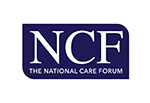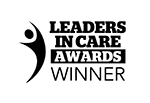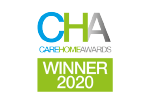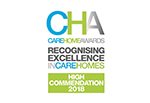Understanding the fall risk

According to Alzheimer's Research UK, a dementia research charity in the United Kingdom, the number of people living with dementia was estimated to be close to one million in 2021 (944,000); by 2050, this figure is expected to rise to 1.6 million.

 The British Medical Journal (BMJ) highlights that people living with dementia are at a greater risk of experiencing falls, even during the earliest stages of the condition.
The British Medical Journal (BMJ) highlights that people living with dementia are at a greater risk of experiencing falls, even during the earliest stages of the condition.
People living with dementia are also more likely to be hospitalised due to fall-related fractures and have higher chances of complications following a fracture in comparison to people without cognitive impairment - this is due to some of the symptoms of dementia, such as difficulties with:
- Mobility, balance, muscle weakness
- Judgment
- Sensory perception
- Communicating their needs (e.g. difficulty explaining that they need help getting out of bed)
Another reason why people living with dementia are at a greater risk of experiencing falls is that they may become dehydrated if they're unable to communicate or recognise that they're thirsty or forget to drink - this can increase the risk of dehydration and UTIs in older adults, both of which can lead to falls.
Preventing and reducing the risk of falls in dementia care homes can be achieved through multiple ways. These include ensuring that the main living areas are well-lit and clutter-free, encouraging exercise to strengthen the muscles, and, most importantly, ensuring that residents with dementia are adequately hydrated.

Dehydration has been identified as a significant contributor to hospital admissions among nursing home residents, so ensuring appropriate hydration levels can significantly reduce the risk of falls.
Tackling dehydration to help reduce the risk of falls
Enhancing hydration care in care homes
Dehydration in care homes can be easily avoided, especially with Person Centred Software's digital social care record system, mCare.
With mCare's Fluid and Nutrition Monitoring feature, care homes can efficiently monitor and manage their residents' hydration levels, ensuring they receive the necessary hydration to promote their overall health and wellbeing.
Carers can fully personalise each resident's fluid needs, indicating each person's fluid requirements, whether a fluid target needs to be met, or whether a fluid cap is in place due to a medical condition.
The benefits of the Fluid and Nutrition Monitoring feature
- Enables carers to encourage residents to maintain fluid levels
- Takes medical needs into account when planning fluid and nutrition
- Tracks what fluids and food have been provided and consumed in the past 24 hours
- Helps reduce falls and UTIs
- Ensures that all staff members are aware of fluid levels throughout the care home
mCare's Fluid and Nutrition Monitoring feature
Built for carers and loved by carers.

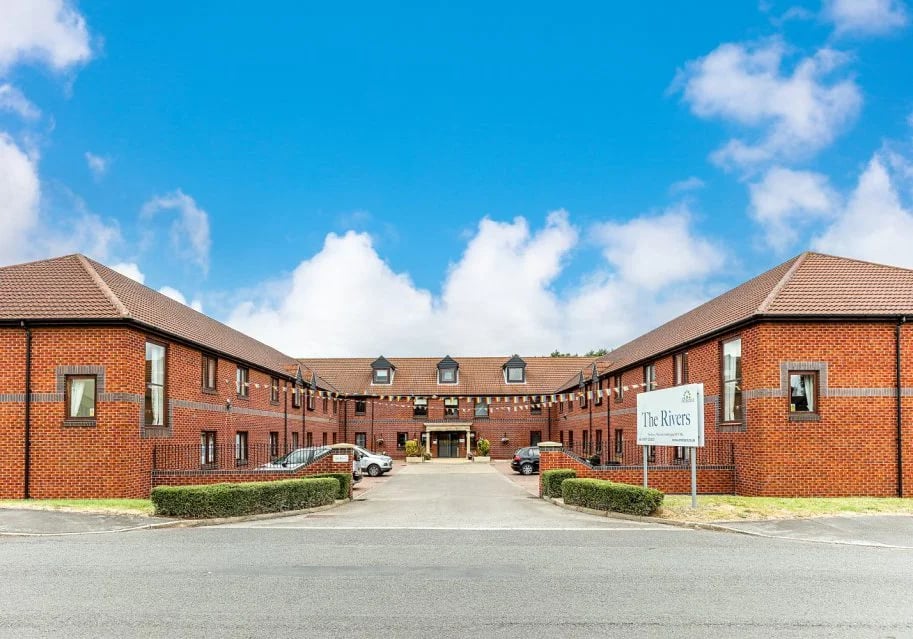
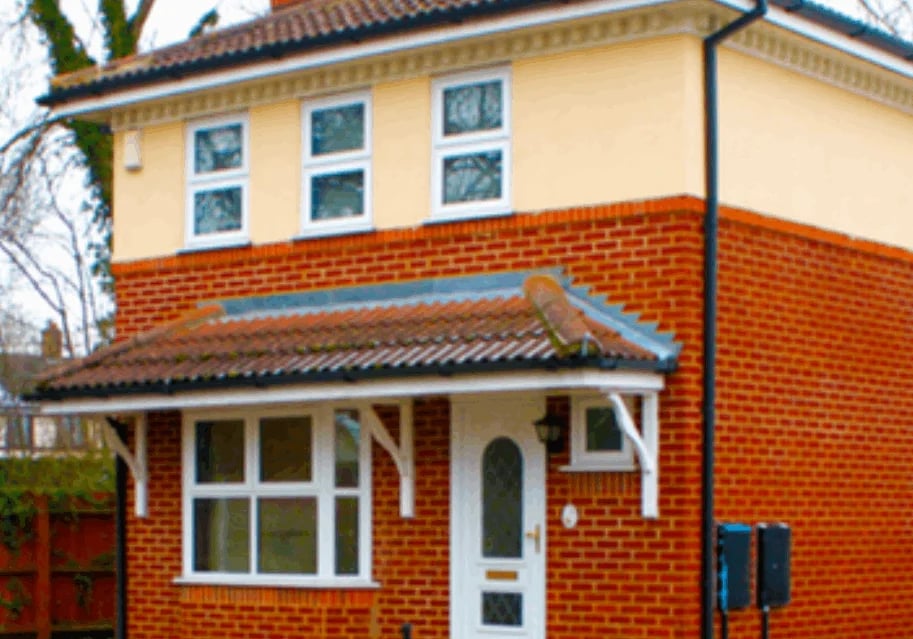

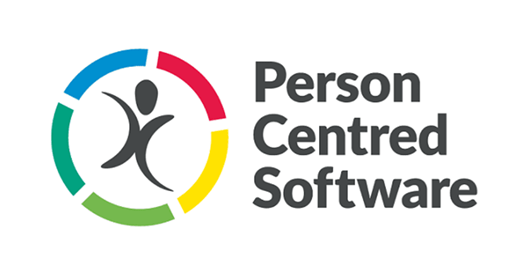
.jpg)
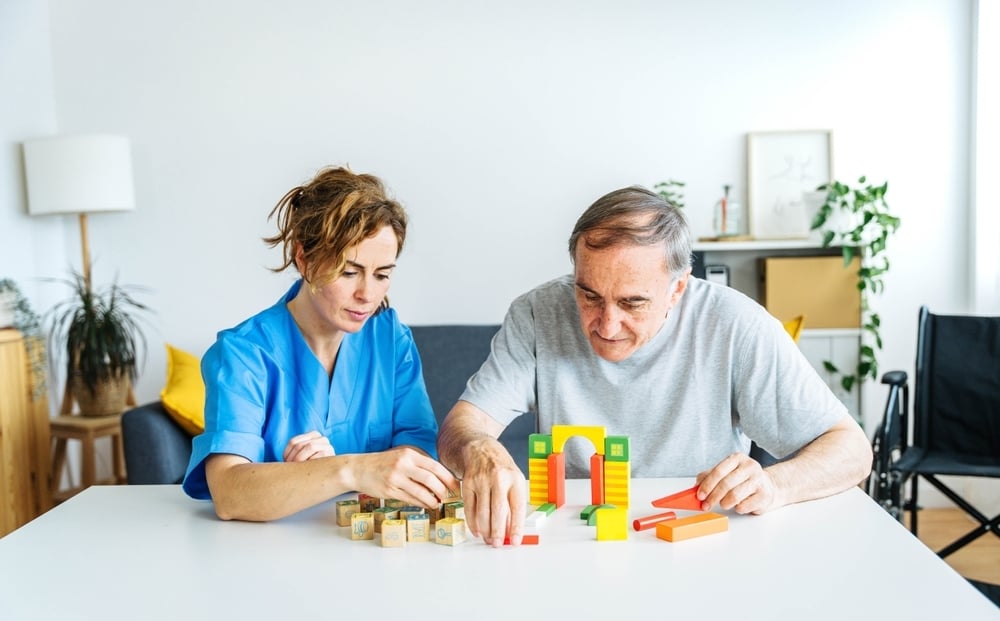
.webp?width=80&height=80&name=HTD%20Awards%202023%20Badge%20(4).webp)




